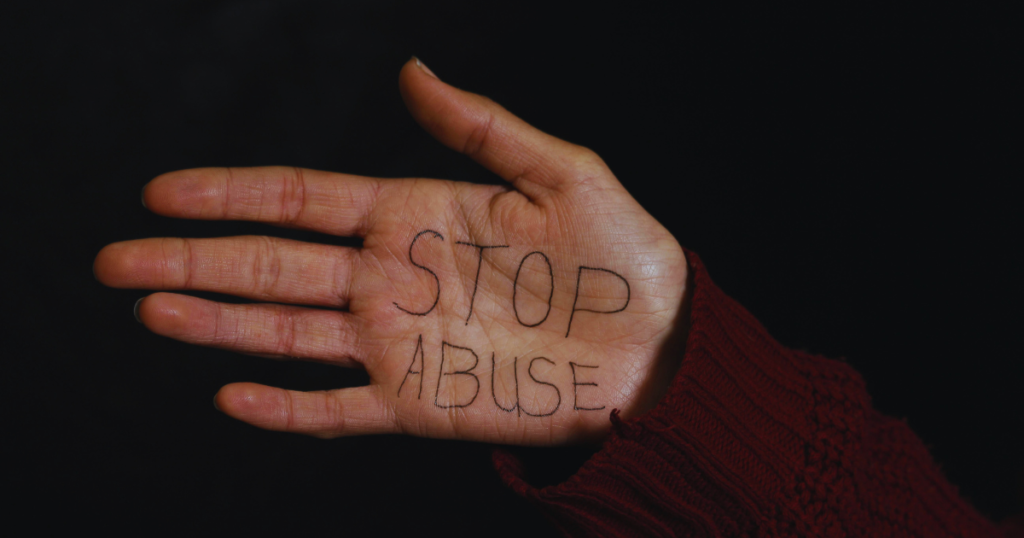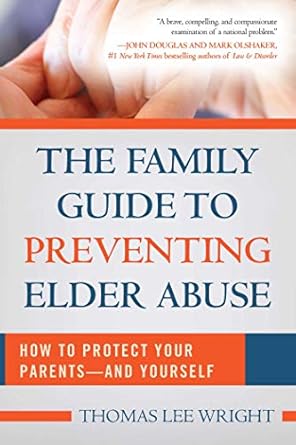
Elder abuse is a critical issue affecting countless seniors worldwide. It encompasses various forms of harm, including physical, emotional, sexual, and financial abuse, as well as neglect. Recognizing the signs and knowing how to report such abuse are vital steps in safeguarding our elderly population.
Types of Elder Abuse
Understanding the different forms of elder abuse is the first step toward prevention and intervention.
Physical Abuse
This involves the use of physical force that may result in bodily injury, physical pain, or impairment. Signs include unexplained bruises, fractures, or injuries.
Emotional Abuse
Emotional or psychological abuse includes actions that cause emotional pain or distress, such as verbal assaults, threats, or harassment. Indicators may be withdrawal, fearfulness, or depression.

Sexual Abuse
Any non-consensual sexual contact with an elderly person constitutes sexual abuse. Signs include bruises around sensitive areas or unexplained sexually transmitted infections.
Financial Abuse
Financial exploitation involves the illegal or improper use of an elder’s funds, property, or assets. Warning signs include sudden changes in financial situations, unexplained withdrawals, or missing belongings.
Neglect
Neglect is the failure to fulfill caregiving obligations, leading to harm or distress. Indicators include poor hygiene, malnutrition, or unattended medical needs.
Recognizing the Signs of Elder Abuse
Early detection is crucial in preventing further harm. Common signs include:
- Physical Indicators: Bruises, pressure marks, broken bones, abrasions, or burns.
- Emotional Indicators: Unexplained withdrawal from normal activities, sudden changes in alertness, or unusual depression.
- Financial Indicators: Sudden changes in financial situations, such as significant withdrawals or changes in wills.
- Neglect Indicators: Bedsores, unattended medical needs, poor hygiene, or unusual weight loss.
Reporting Elder Abuse in the United States
If you suspect elder abuse, it’s imperative to take action promptly.
Immediate Danger
If the elder is in immediate danger, call 911 or your local emergency number.
Non-Emergency Situations
For non-life-threatening situations, consider the following resources:
- Adult Protective Services (APS): APS investigates reports of elder abuse, neglect, or exploitation. Each state has its own APS agency. You can find local contact information through the National Adult Protective Services Association.
- Eldercare Locator: This public service connects you to services for older adults and their families. Call 1-800-677-1116 or visit the Eldercare Locator website.
- National Center on Elder Abuse (NCEA): Provides resources and information on reporting abuse. Visit the NCEA website.
State-Specific Reporting
Reporting procedures vary by state. It’s essential to familiarize yourself with your state’s specific guidelines. The Eldercare Locator can assist in directing you to the appropriate state resources.
Preventing Elder Abuse
Prevention involves awareness, education, and community involvement.
Stay Connected
Regular communication with elderly family members or neighbors can help detect early signs of abuse.
Educate Seniors
Inform seniors about common scams and signs of abuse. Encourage them to report any uncomfortable situations.
Support Caregivers
Caregiver stress can lead to unintentional neglect or abuse. Providing support and resources to caregivers can mitigate this risk.
Legal Preparations
Encourage seniors to prepare legal documents like power of attorney and wills to ensure their wishes are respected and reduce the risk of financial exploitation.

Resources and Support
Several organizations offer support and resources:
- National Elder Fraud Hotline: For reporting fraud against seniors. Call 1-833-FRAUD-11 (1-833-372-8311).
- Consumer Financial Protection Bureau (CFPB): Offers resources on protecting older adults from financial exploitation. Visit the CFPB website.
Conclusion
Elder abuse is a serious concern that requires collective awareness and action. By understanding the signs, knowing how to report abuse, and implementing preventive measures, we can protect our seniors and ensure they live with dignity and respect.
Note: The information provided in this article is for educational purposes and should not replace professional advice. If you suspect elder abuse, contact the appropriate authorities immediately.




